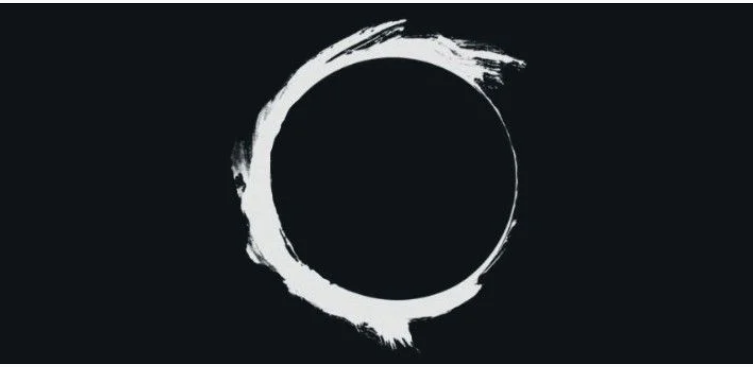I successfully defended my thesis, “Understanding Cell-Type Diversification During Developmental Pattern Formation in Sea urchin Embryos Using Single Cell and Molecular Approaches” on April 12th, 2023. The work was focused on identifying the role various ectodermal cues play during skeletogenesis in sea urchin embryos, and specifically how those cues inform cell type diversification. In order to answer this question, we made prolific use of single-cell RNA-sequencing data, perturbation experiments, and 3-dimensional confocal imaging in order to identify cell populations, assess the importance of cue reception on cell fate, and provide spatial coherence to the identified cell populations, respectively. The thesis itself is currently embargoed as the final chapter is currently being readied for submission, but I’ve included the abstract below.
Abstract
From the discovery of developmental gradients to pioneering some of the first gene regulatory models, the sea urchin model has played a foundational role in deciphering the complex molecular mechanisms behind the phenomena that underlie pattern formation during embryonic development. Of particular interest to our lab, primary mesenchyme cells (PMCs), a skeletogenic lineage, provide an excellent system for understanding the mechanisms behind skeletal pattern formation. Sea urchin skeletal patterning is driven by ectodermal cues that are differentially expressed in space and time; these cues instruct the PMCs. Originating as a homogeneous population, PMCs diversify in response to patterning cue reception, then produce distinct skeletal elements as a function of the cues that they have received from the ectoderm. However, the exact mechanisms underpinning PMC diversification and the role that individual ectodermal cues play to mediate this diversification process is poorly understood. To bridge that knowledge gap, this work leverages multiple data modalities, including single-cell RNA sequencing (scRNA-seq) and 3D visualization of gene expression in normal and perturbed embryos to not only present an exhaustive description of PMC diversification, but also offers novel computational approaches and the development of resources necessary for these studies.
First, we present the novel algorithm ICAT. Created to correctly identify cell states from mixed-condition scRNA-seq experiments, ICAT plays a necessary role in identifying PMC subpopulations affected by ectodermal cue disruption. Using simulated and real datasets, we benchmark ICAT against several state-of-the-art workflows, and find ICAT provides more robust and sensitive performance compared to current practices. We further validate ICAT in vivo using single molecule fluorescent in situ hybridization (FISH) and show that, compared to leading algorithms, ICAT uniquely and correctly characterizes the effects of patterning cue disruption on PMC subpopulation composition.
Finally, by combining temporal scRNA-seq data throughout skeletal patterning with a newly generated spatial gene expression reference map, we not only identify distinct PMC subpopulations, but also provide spatial and temporal coherence to each of their developmental trajectories during skeletal pattern formation. We compliment this work by inferring the gene regulatory networks underlying PMC diversification and thereby identifying the transcriptional regulators that function as network hubs. We empirically demonstrate that these hubs are required for skeletal patterning, and spatially map their expression within the PMCs. Sequencing single PMCs isolated from embryos in which ectodermal cue function was inhibited, we show that functional loss of each cue uniquely disrupts the PMC gene regulatory network and characterize the subsequent compositional effects of PMC subpopulations. Taken together, this work defines the spatiotemporal details of PMC diversification in normal embryos as well as in embryos with individual cue losses, as well as offering numerous novel computational methods and resources necessary for these advances.


